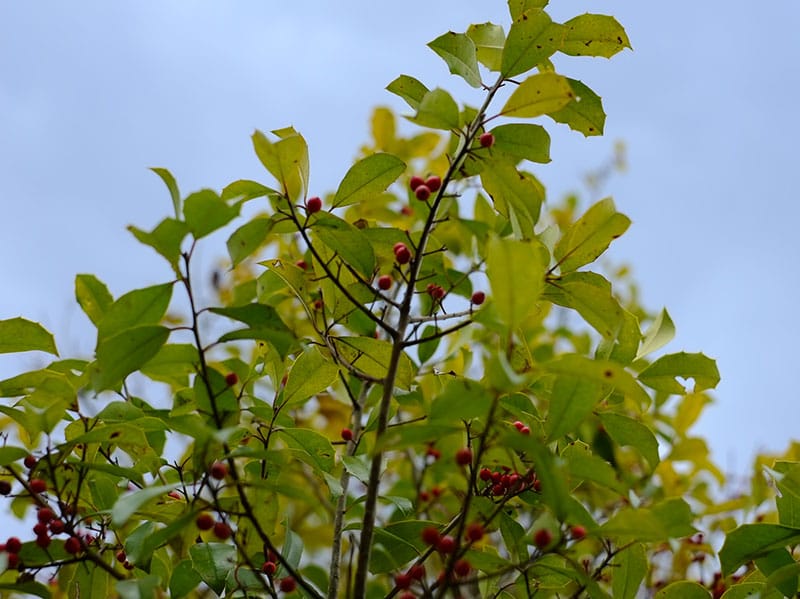Tulsa Lawn Care - Tree & Shrub Care Tips
Do you live in an area that involves a body of water? Is your land suffering a drought? These are just a couple of questions to ask yourself about deciduous trees in various parts of Oklahoma. How do you know which ones will work out in the respected areas? Our Tulsa lawn care services and tips on tree and shrub care will help define a better picture.

When you’re looking into planting a tree or tending to a newly grown tree, you will want to know if it has pest free foliage, what colors the leaves will turn during the seasons, if it is susceptible to anything harmful, or if it will have difficulties growing within that respected area.
Some of the trees that grow throughout various zones of Oklahoma are:
- Chinese Pistache- pest-free foliage, orange-red fall coloring, medium growth rate
- Shumard Oak- 50-75 feet at maturity, shiny green foliage, not as susceptible to chlorosis as Pin Oak
- Lacebark Elm- pest-free glossy leaves, has attractive red fruit, brownish-orange mottled bark, excellent disease-free substitute
- Bald Cypress- 50-80 feet tall, fern-like foliage, has attractive rounded fruit, become pyramidal at maturity
- Possumhaw- 10-25 feet at maturity, deciduous holly and attractive red fruit, grows best east of Highway 81
- Sweetgum- shiny-star shaped leaves, messy fruit and prickly spines, best grown on eastern side of the state
From the OBGA series from Oklahoma State University, here are ten tips for new tree care.
- Dig the planting hole 2-3 times the diameter of the trees’ root ball.
- Avoid digging the hole to deep (tree should be planted at its original grade or slightly higher). If the tree if planted above the grade, it’s important to cover edges of the exposed root ball with soil tapered down to the surrounding soil.
- Fill in the planting holes with native soil, while tamp lightly.
- Do not over fertilize the new tree. A new tree has limited capacity for utilizing fertilizer until it starts to establish on its own.
- Stake young trees that are in windy areas or are top-heavy. Remove the stakes after first season if possible.
- Avoid over-pruning new trees. Try and leave the lower limbs intact during the first season.
- Keep a 5 to 6 feet weed and turf-free circle around the tree. Use an organic mulch 1 to 3 inches deep around the trunk.
- Supply the tree with one of water weekly.
- Wrap the young tree as fall approaches. The tree wraps will protect tender bark from rodent damage and environmental impact/ stresses due from weather. (Note: various young tree types benefit from summer wrapping to avoid sun scald).
- Winter irrigate, when the temperature is above freezing for more than a few days, in order to avoid dehydration injury.







